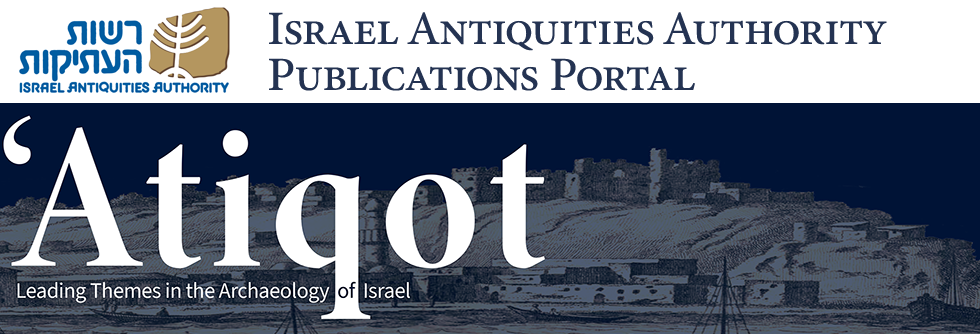Abstract
The excavation at Ḥorbat Ḥammim (South) yielded a rock-cut basin and a small cave within a limestone bedrock outcrop. The basin is similar to other rock-cut installations previously exposed in the area and dated to the Chalcolithic period.
The manmade rock-cut cave was entered through a shaft. The sediments from the shaft and the cave consisted of many potsherds, stone tools and animal bones, that may have been washed into the cave, or intentionally discarded in it. The cave may have been quarried as early as the Late Chalcolithic period, although the bulk of the pottery dates to EB IA, supporting the presence of a small community of early EB I dwellers in this area.
Keywords
Shephelah, fauna, dog skeletons, flint-knapping post, Nilotic shell, Egypt
Recommended Citation
van den Brink, Edwin C.M.; Kolska Horwitz, Liora; Marder, Ofer; and Mienis, Henk K.
(2022)
"Early Bronze Age IA Settlement Remains at Ḥorbat Ḥammim (South), near Modi‘in,"
'Atiqot: Vol. 108, Article 9.
DOI: https://doi.org/10.70967/2948-040X.1148
Available at:
https://publications.iaa.org.il/atiqot/vol108/iss1/9
Included in
Agriculture Commons, Biblical Studies Commons, Christianity Commons, History of Art, Architecture, and Archaeology Commons, Islamic Studies Commons, Science and Technology Studies Commons, Urban Studies and Planning Commons

